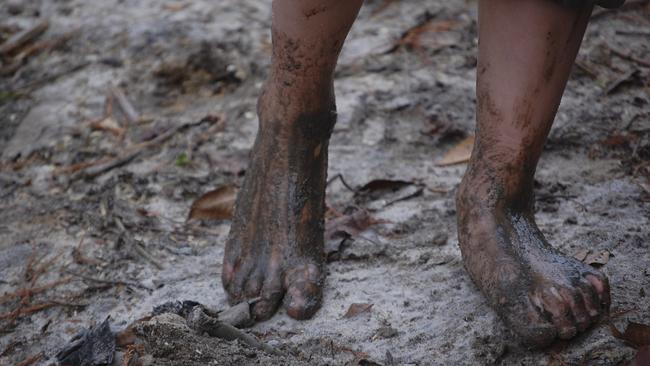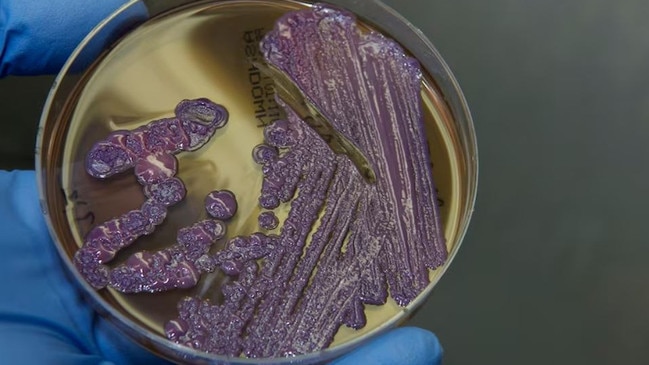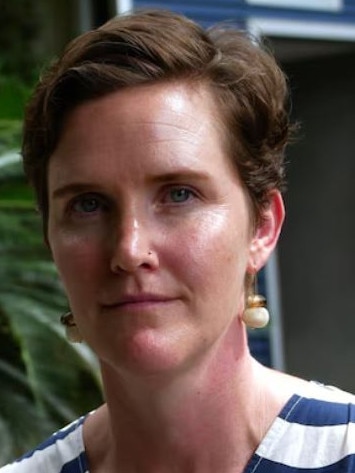Twelve die from rare bacterial disease in north Queensland
Scientists are still unclear as to why the soil and water-borne disease is spiking in north Queensland.

The deaths of 12 people in north Queensland in a “record breaking” outbreak of a rare bacterial disease has medical authorities scrambling to contain the public health threat, linked to region-wide flooding.
Cases of water and soil-borne disease melioidosis have been climbing since the start of the year, with nine deaths in Cairns and three in Townsville. The Cairns Health Service recorded 53 cases of melioidosis in the first two months of the year, five times the average for the same period between 2020 and 2024.
Tropical disease experts are ramping up research of the disease in Queensland, with significant uncertainty as to why the region is seeing a spike.
Melioidosis is caused by bacteria that lives in soil and water, with infection occurring when the bacteria is inhaled through contaminated water droplets or makes contact with open wounds.

Tropical Public Health Services director Jacqueline Murdoch said that the weeks of heavy rains in far north Queensland at the beginning of the year could explain the rise in cases.
“Heavy rainfall can the bring disease-causing bacteria … into surface water and soil,” she said.
“We are yet to pinpoint exactly why we are seeing so many cases now, and there is likely to be many factors at play. It absolutely is a record-breaking year. Certainly we haven’t seen anything like this and the numbers are very alarming.”
The bacterial infection can spread to the lungs or blood, with patients dying from pneumonia or sepsis.
Dr Murdoch said melioidosis could cause death in up to 20 per cent of cases.
“Symptoms of acute melioidosis may include fever, cough and difficulty breathing; the effects can be very severe and often require hospitalisation for antibiotic treatment,” she said.

Dr Murdoch said the disease was rarely contracted by healthy adults or children, but occurred more in people with diabetes, kidney problems or are otherwise immunocompromised.
The disease outbreak comes after monsoonal rains drenched Cairns and Townsville in January and February.
James Cook University microbiologist Jeffrey Warner said scientists were unclear as to why the disease was spiking around Cairns. “We know that the melioidosis disease is associated with environmental disruption,” he said.
“Excessive rainfall liberates the organism from beneath the soil which goes some way to explaining the increase in cases. But we really don’t know where it actually is in the environment, so we don’t really know who is likely to get exposed.”

Dr Warner said it was possible an increase in construction projects around Cairns was a contributing factor.
“It’s possible that relatively recent roadworks has contributed to the revealing of the organism to the environment, where otherwise it would have been locked away,“ he said.
Melioidosis bacteria is not found in every type of soil, with cases concentrated around north Queensland, the Northern Territory and southeast Asia.
“We know it prefers particular types of environment but we haven’t got a good handle on that in north Queensland,” Dr Warner said. “They’ve done a lot of work on this in the Northern Territory and they have a much better understanding of it.
“We’ve got a lot more work to do in Queensland.”



To join the conversation, please log in. Don't have an account? Register
Join the conversation, you are commenting as Logout